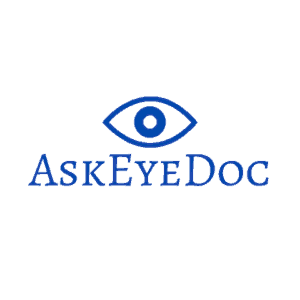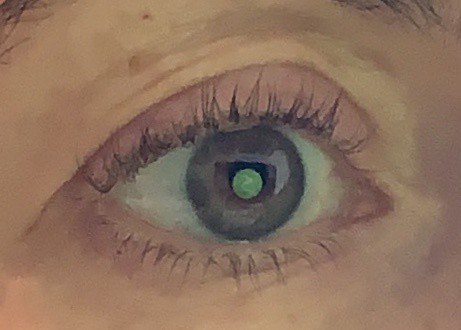Written by: Dr. Stephanie Mulick, O.D.
An eyelid spasm otherwise known as blepharospasm or myokymia is more common than one would think. Even though it feels like your whole eye is twitching, it actually is a spasm of the muscles in the eyelid. Blepharospasm is a condition in the nervous system that causes an involuntary increase in blinking or closing of the eyes. Myokymia refers to a milder form resulting in a slight twitch of the upper or lower eyelid.
What causes my eyelid to twitch?
The three most common causes of myokymia or blepharospasms are:
- Lack of sleep
- Stress
- Caffeine
Other triggers include:
- Medication: side effect of epilepsy and psychosis medications
- Tobacco
- Alcohol
- Eye irritation
- Trichiasis (turned in lashes)
- Contact lenses
When should I be worried about an eyelid twitch?
Myokymia or blepharospasm are usually not a cause for alarm. When an eyelid twitch is a result of a more serious condition it is usually accompanied by other symptoms.
- Bell’s palsy: causes a sudden temporary paralysis on one side of the face causing a unilateral facial droop with an asymmetric smile
- Facial dystonia: involuntary contraction of one or more muscles causing facial spasm, difficulty chewing or speaking
- cervical dystonia (spasmodic torticollis): involuntary spasm of the neck muscles which cause your head to twist or turn to one side
- multiple sclerosis (MS): some rare cases of MS have presented with facial twitching. More commonly MS presents with vision problems, numbness, tingling, balance problems, fatigue and weakness, bladder and bowel problems and depressed cognitive function.
- Parkinson’s disease: Hemifacial spasm is rare in Parkinson’s disease, but can occur in about 1% of cases. More common symptoms of Parkinson’s disease would be cramped handwriting, tremor of the hand or foot, rigid facial expression, slow movements and sleep difficulty.
- Tourette syndrome: can cause hemifacial twitches, facial and verbal tics
Treatment for eyelid twitching:
- Documentation: start a journal of when the twitching happens: is stress, lack of sleep or caffeine involved
- Reduce caffeine intake
- Stress relief techniques
- Go to bed earlier
- Try an OTC antihistamine before bed
- If the eyelid twitch persists a doctor can use botox to weaken the involved muscles.
Conclusion
Blepharospasm and myokymia are usually benign and self-limiting. The main causes are stress, lack of sleep and caffeine. If your blepharospasm does not go away then it might be time to see your eye doctor, but usually, with a good nights sleep, it will go away.


